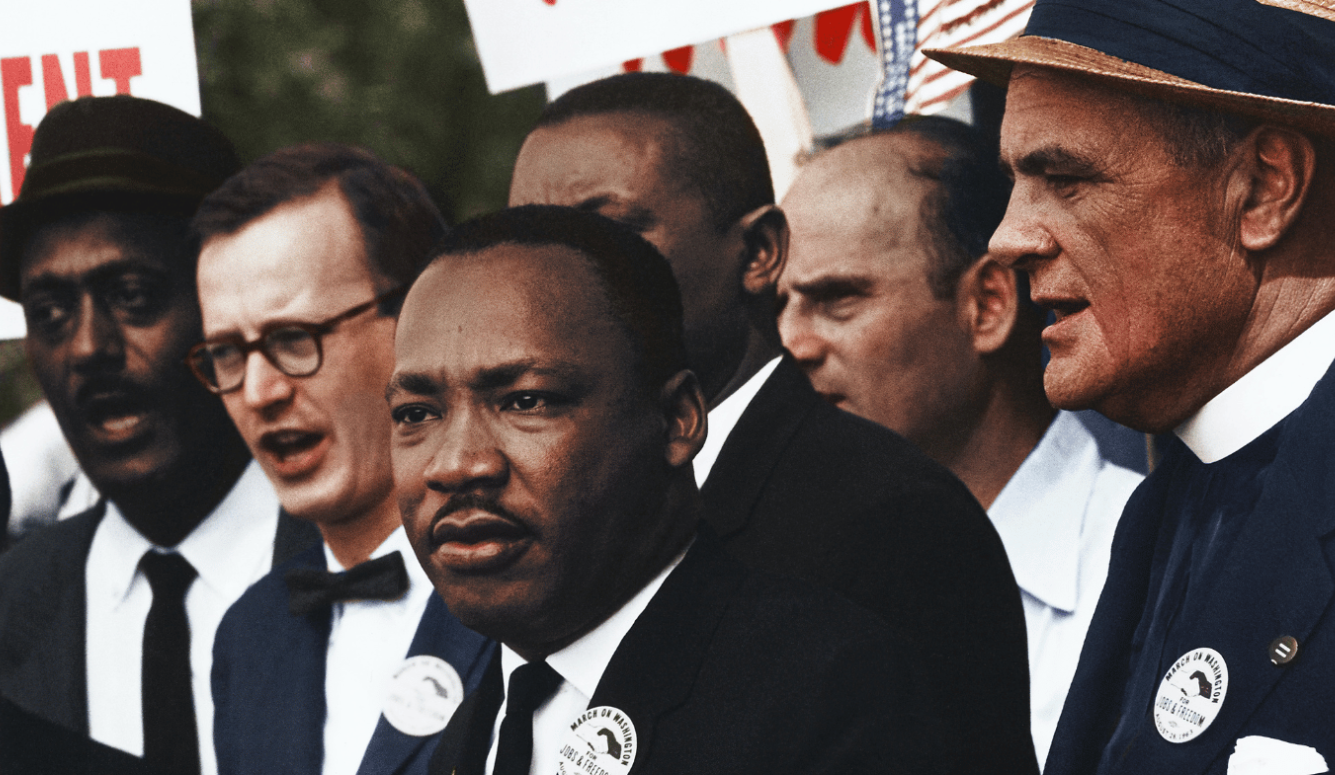Martin Luther King
Martin Luther King’s Understanding of Racism
King’s sophisticated understanding of racism bridges two worldviews: that racism is primarily systemic and as well as interpersonal.
· 14 min read

Keep reading
The Twelve Day War: Truths and Consequences
Adam Garfinkle
· 21 min read
Glamourising Violence at Glastonbury
John Aziz
· 8 min read
From Welfare to Warfare
John Lloyd
· 7 min read
Stealing Australia and Buying New Zealand
Sean Welsh
· 16 min read





